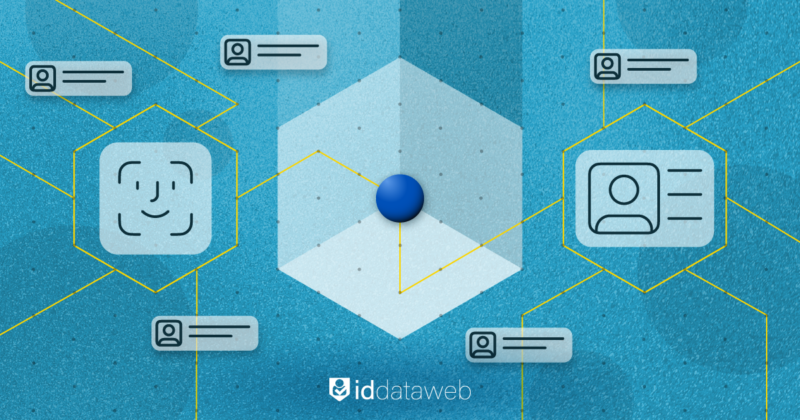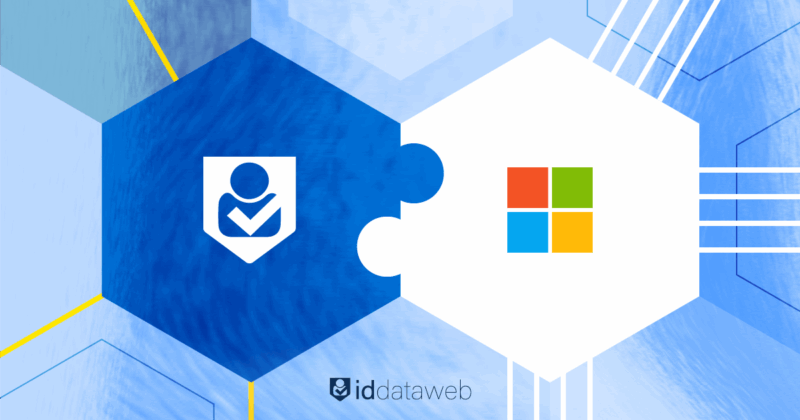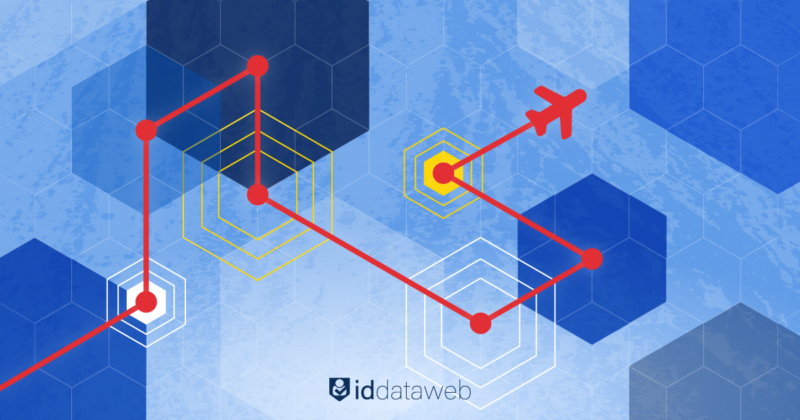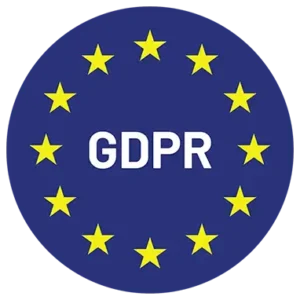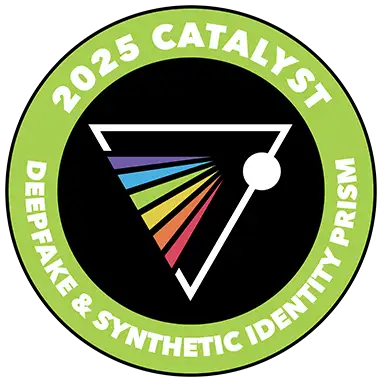Today, proving who we are online requires handing over personal data to countless third parties — many of which retain that data indefinitely. This is increasingly concerning as identity fraud continues to climb. More than 40% of businesses expect identity fraud to rise in the next year, over 50% worry about credential compromise and account takeovers, and more than 97% report challenges with identity verification.
Decentralized identity models have emerged as a potential solution that balances user privacy with businesses’ digital identity proofing needs. While adoption remains limited, their ability to protect personal data while enabling universal identity proofing makes them an appealing path forward. The question is whether decentralized identity is truly the future of digital identity proofing, and if so, what has slowed its adoption.
What is decentralized identity, and why does it matter?
In traditional identity and access management systems, users verify their identity by providing Personally Identifiable Information (PII). This data is stored in centralized databases along with their credentials and is referenced during future authentication events. These repositories can include highly sensitive information such as social security numbers and home addresses.
Decentralized identity reverses this model by enabling users to manage their own credentials through verifiable credentials. These are digital attestations issued by trusted entities (e.g. governments, universities, financial institutions). They are cryptographically signed and portable across different digital ecosystems. For example, instead of requiring a platform to collect a driver’s license data for age verification, a user can present a cryptographic proof that they are over 21. The platform simply validates that the proof has been signed by the motor vehicle authority.
This approach offers significant potential for universal identity proofing. A single verified credential — such as a government-issued digital ID — can be accepted across platforms because it is standardized and cryptographically verifiable. This eliminates the need for individual platforms to store PII or build their own identity proofing systems. Identity becomes reusable, portable, and verifiable with a trusted key.
Problems decentralized identity aims to solve
On paper, decentralized identity appears to be a silver bullet, but in practice, adoption remains limited. Large enterprises have invested heavily in internal IAM systems, so the question becomes: why should they support decentralized solutions?
A core reason is that today’s identity landscape is risk-laden. Identity is now the primary attack vector in cyber breaches. Although enterprises often benefit from retaining PII, doing so introduces serious legal, financial, and operational liabilities.
Centralized identity databases are high-value targets for attackers because a single breach can expose millions of records. The 2017 Equifax breach, which compromised the data of nearly 150 million people, demonstrated the hazards of centralized data storage. Attackers infiltrated a dispute-resolution portal, accessed documents containing PII, stole employee credentials, and then moved laterally into additional databases — remaining undetected for 76 days.
Decentralized identity reduces this risk by design. PII is no longer stored in large, central repositories. Instead, users retain their own credentials, which are cryptographically protected and useless without the corresponding private keys.
Consumers, too, are increasingly concerned about privacy erosion. With traditional systems, users must disclose extensive personal details to prove even simple facts. Decentralized identity enables selective disclosure: individuals share only what is necessary. For instance, a user could prove they possess a valid driver’s license without disclosing their address or license number. This reduces exposure while still meeting proofing requirements.
Industry use cases
Financial services
Identity proofing and regulatory compliance are ongoing challenges in financial services. Decentralized identity can streamline onboarding and verification. Instead of each bank independently verifying identity documents, customers could present verified digital credentials issued by a government agency. Banks would validate the credential’s cryptographic signature, fulfilling KYC and AML requirements with less friction and lower cost.
Decentralized identity also strengthens security by reducing reliance on knowledge-based authentication methods such as passwords or security questions — all of which are vulnerable to phishing and social engineering. Cryptographic credentials and key-based authentication dramatically reduce account takeover risks.
Healthcare
Healthcare must balance data sharing for quality care with strict privacy requirements. Decentralized identity could give patients a unified, cross-provider digital identity under their control. A digital credential issued by a national health authority could confirm identity and eligibility details, such as insurance coverage. When visiting a new provider or telehealth platform, the patient would present only the necessary credentials rather than repeatedly sharing sensitive information.
Beyond convenience, decentralized identity could help reduce medical fraud and identity mix-ups. Cryptographically verifiable credentials are far harder to falsify than paper insurance cards or Social Security numbers.
Why decentralized identity adoption remains limited
Despite its promise, decentralized identity has not achieved broad enterprise adoption. Several barriers remain:
- Network effect challenges: Issuers, holders, and verifiers must participate for decentralized credentials to be truly useful.
- Unclear near-term business value: Enterprises prioritize solutions that immediately reduce cost, lower risk, or improve verification success. Many still view decentralized identity as innovation-driven rather than solving urgent operational needs.
- Integration complexity: Decentralized models must interface with existing IAM and legacy systems — a nontrivial challenge.
- Immature trust frameworks: Particularly in regulated industries, enterprises hesitate when governance models and standards are still evolving.
Enterprises will adopt decentralized identity when it delivers measurable value, integrates easily with existing infrastructure, and provides clear user experience and security improvements beyond established methods.
Conclusion
Decentralized identity and universal identity proofing represent a bold reimagining of digital identity. Instead of siloed, organization-controlled identities, identity becomes an attribute of the individual – portable, verifiable, and under personal control. This shift can enhance privacy, reduce data exposure risks, and streamline trust relationships online.
However, this future is not yet fully realized. For business leaders, investors, and security practitioners, decentralized identity is a space to monitor closely. While not broadly adopted today, its strategic importance is growing as organizations confront escalating fraud, privacy concerns, and the limitations of centralized identity models.
